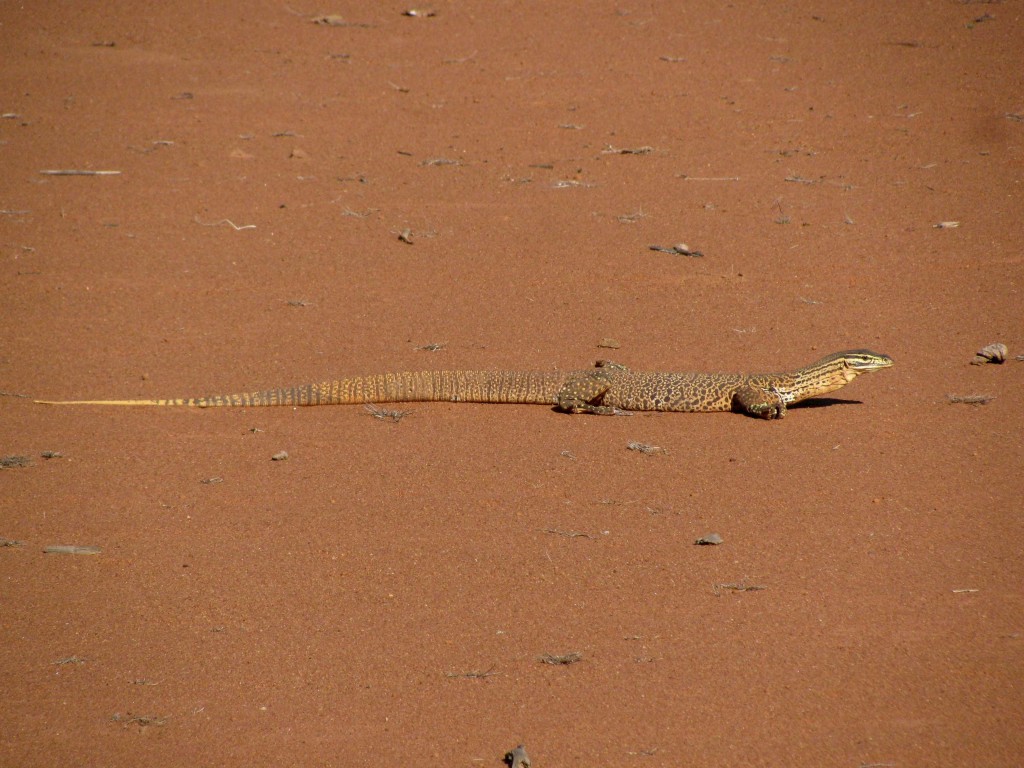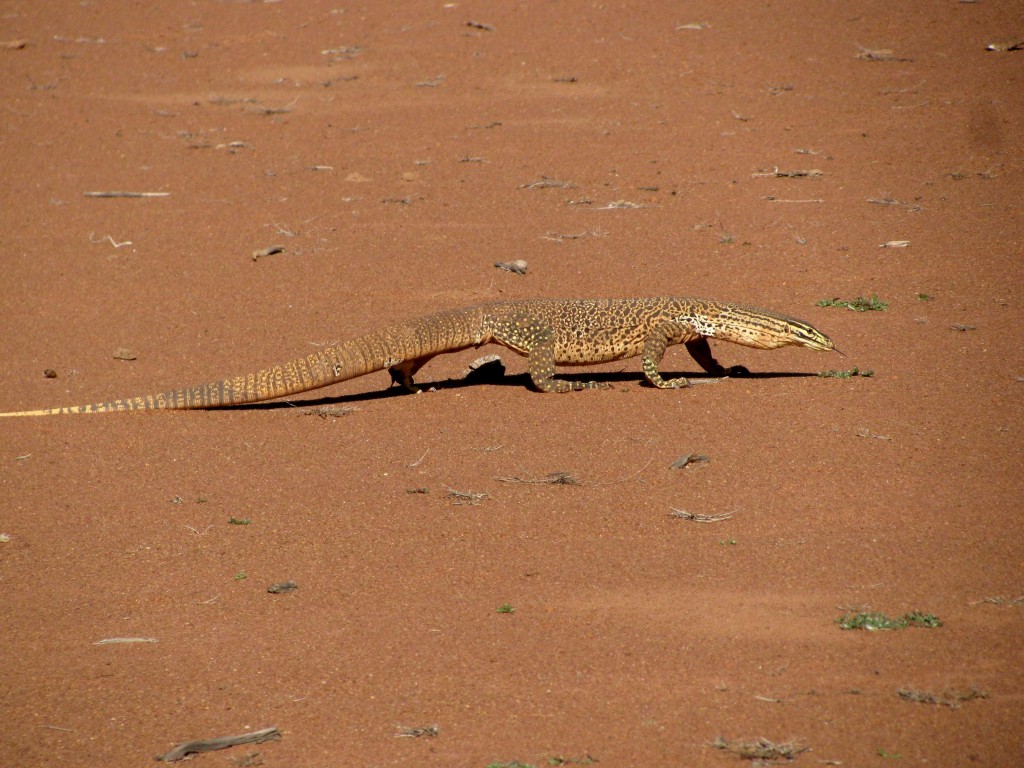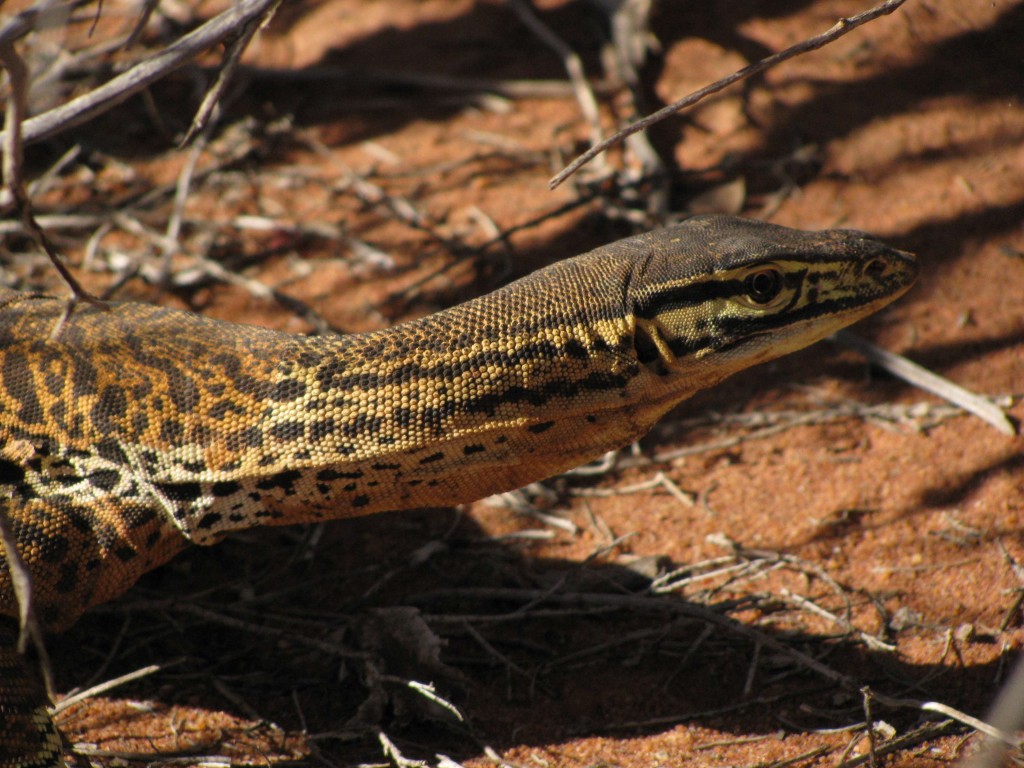Western Australia, Day 8

Whistling Kite (© Magi Nams)
Townsville: In the Ross River Bush Gardens, a pair of forest kingfishers perched on a branch in a gnarled poplar gum, one of the blue-and-white-suited birds gulping down a freshwater shrimp from the river. In the Fairfield Waters wetland, royal spoonbill nestlings hissed begging calls for food, and little black cormorants fished in the wetland waters, mated on shaggy leaf nests high in trees, and fed nestlings that flapped wings wildly as they strained toward food. A family of whistling kites perched in a tall tree that housed dozens of cormorant nests, causing me to wonder if the young cormorants constituted prey for the kites. Australian white ibises skulked on branches near nests, and I similarly wondered if the ibises preyed on eggs or nestlings. Whereas solitary nesters may remain relatively inconspicuous, colonial nesters do not, their presence made obvious through sheer numbers and high noise levels. For them, nesting often becomes a case of cohabiting with the enemy.
Western Australia: The world has about 50 known species of the lizards known as monitors or goannas, and Australia is home to 27 of them.1 All are members of the reptilian family Varanidae and all are carnivorous, with the larger monitors also scavenging carrion.1 Vilis, Janis, Gus, and Euan frequently saw yellow-spotted monitors during the three weeks they spent on Yakabindi and Cunyu stations in the Western Australian desert near Leinster. Yellow-spotted monitors occur in two separate ranges in Australia, with a large and very robust subspecies occurring across the top of Australia, and a more slender, redder subspecies occurring only in central Western Australia.1 So, the monitors the research crew observed belonged to the latter subspecies, Varanus panoptes rubidus. Vilis told me that in addition to crawling across the desert, the monitors often reared up and looked around, balancing on the tripod created by their hind legs and tail. Unfortunately, he wasn’t able to photograph that stance.

Yellow-spotted Monitor (© Vilis Nams)

Yellow-spotted Monitor (© Vilis Nams)

Yellow-spotted Monitor (© Vilis Nams)

Yellow-spotted Monitor (© Vilis Nams)
Today’s bird list: Australian white ibises, straw-necked ibis, intermediate egrets, peaceful doves, mynas, Australian magpie, magpie-larks, rainbow lorikeets, green figbirds, spangled drongo, yellow honeyeater, brown honeyeater, masked lapwings, helmeted friarbird, rufous whistler, mistletoebird, white-bellied cuckoo-shrike, rainbow bee-eaters, white-gaped honeyeater, nutmeg mannikins, leaden flycatcher, welcome swallows, white-throated honeyeater, sulphur-crested cockatoos, sacred kingfisher, blue-faced honeyeater, forest kingfishers, Torresian crow, laughing kookaburra, great bowerbird, rock doves, willie wagtail, white-breasted woodswallows, black kite, royal spoonbills, little black cormorants, anhingas, whistling kites, zebra finch. Also, Krefft’s turtles.
Reference:
1. Steve Wilson and Gerry Swan. A Complete Guide to Reptiles of Australia, 2nd edtion. 2008. New Holland Publishers (Australia) Pty Ltd, Sydney. p.358.


